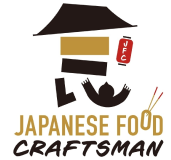To our customers in the US: From Aug 29, 2025, new U.S. customs rules may cause longer delivery times, and all orders from Japan will require higher import fees (often US $80–$200 or up to 50%) to be paid by the customer upon delivery.
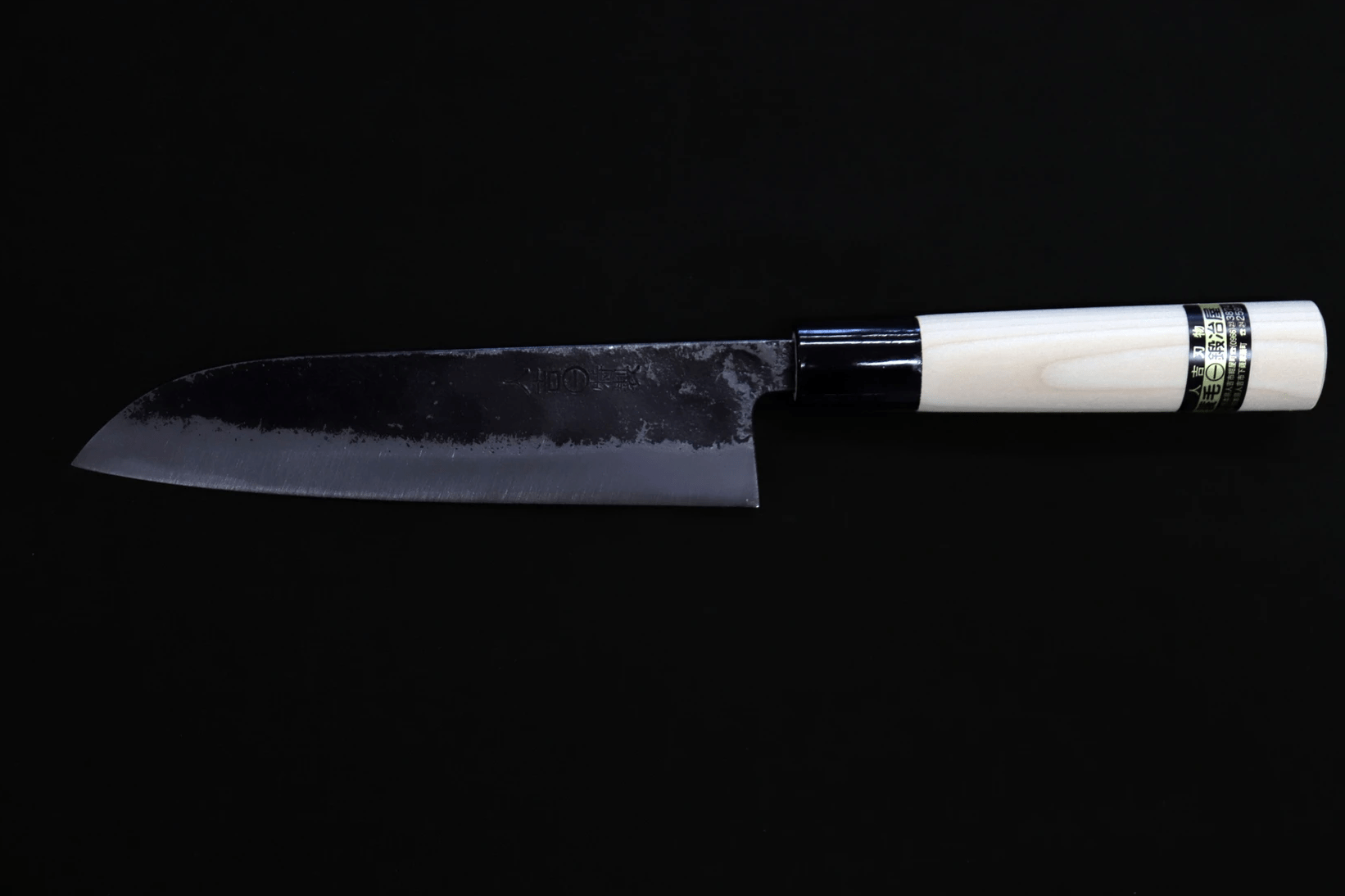

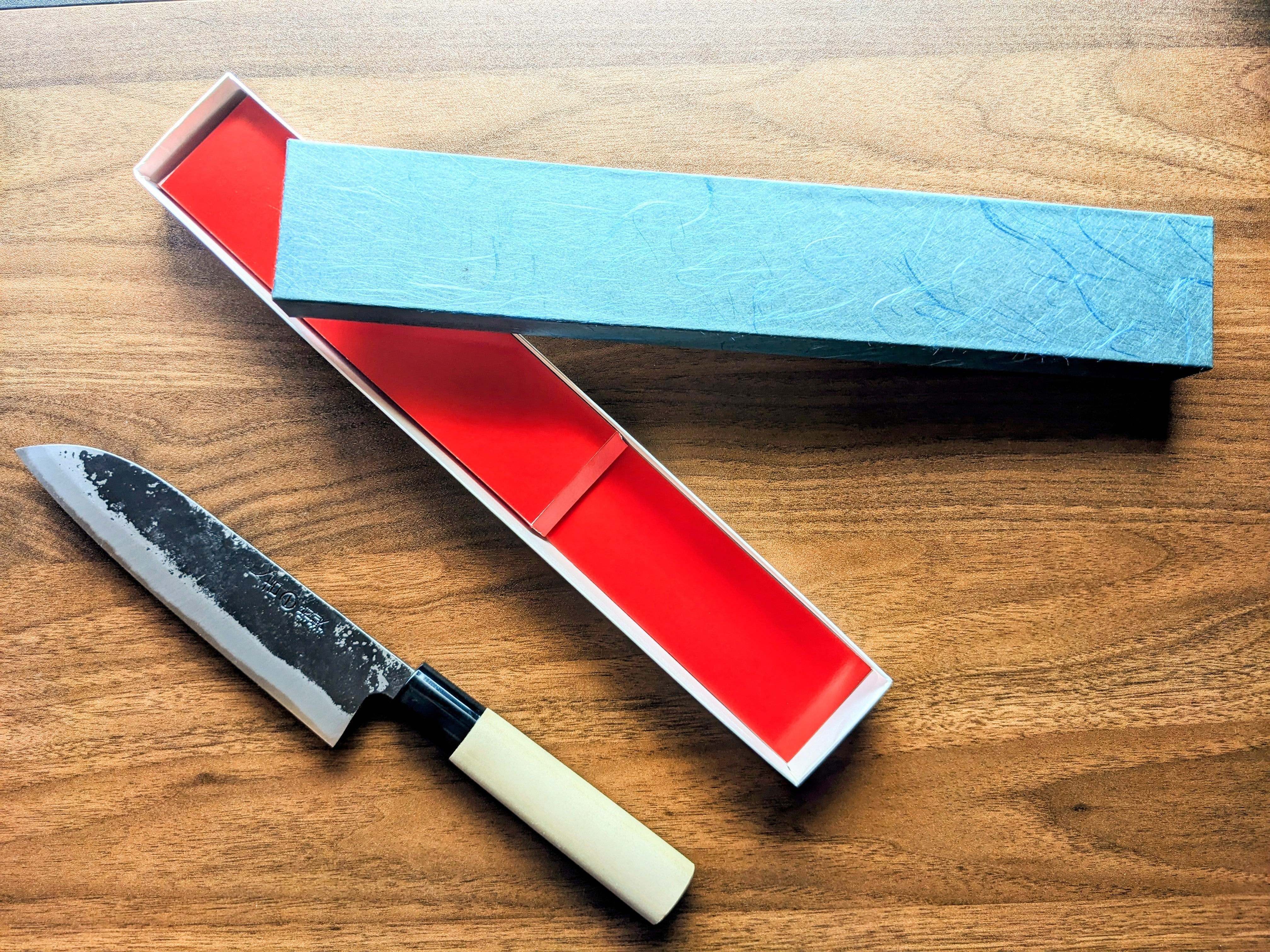

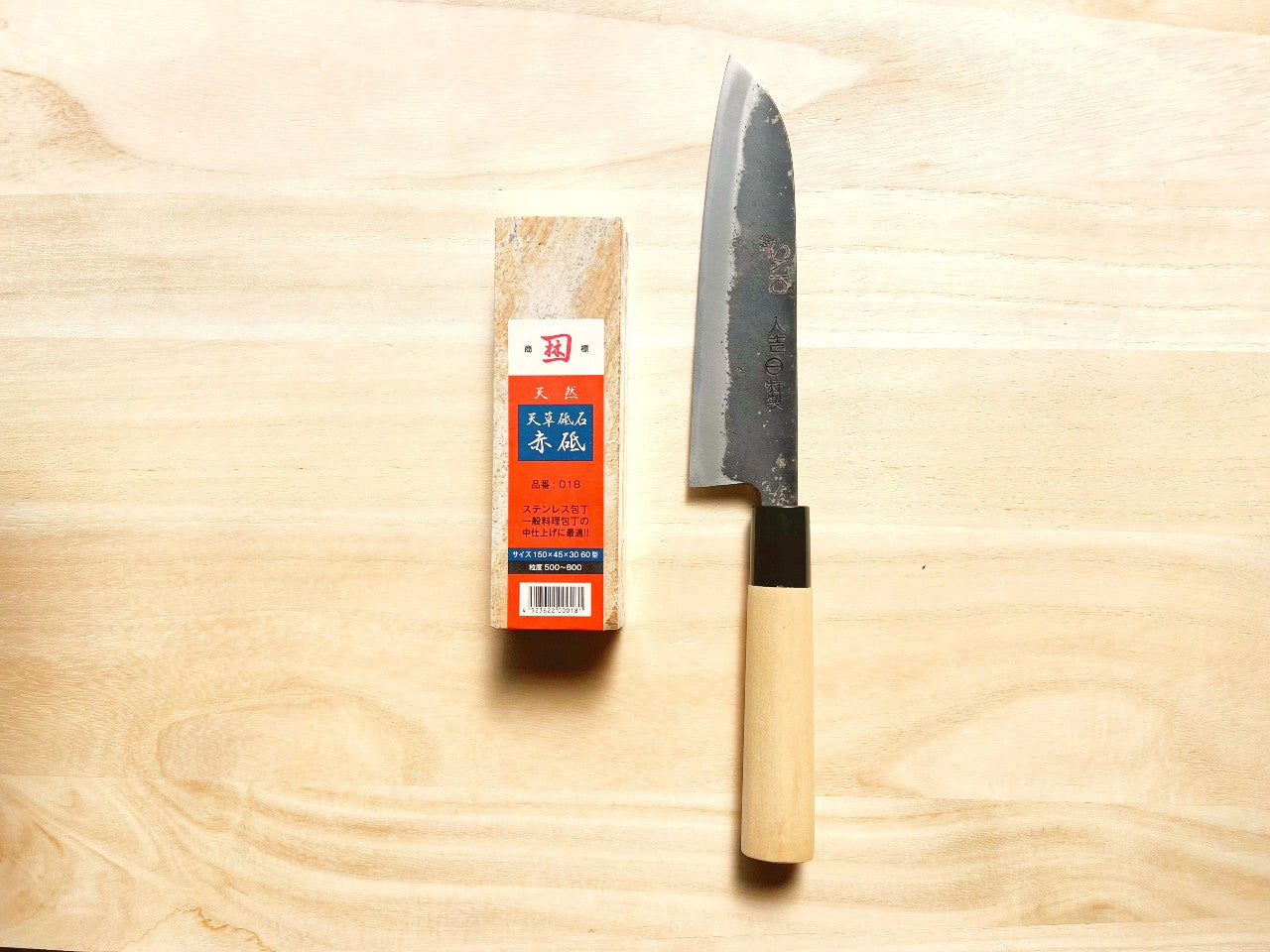

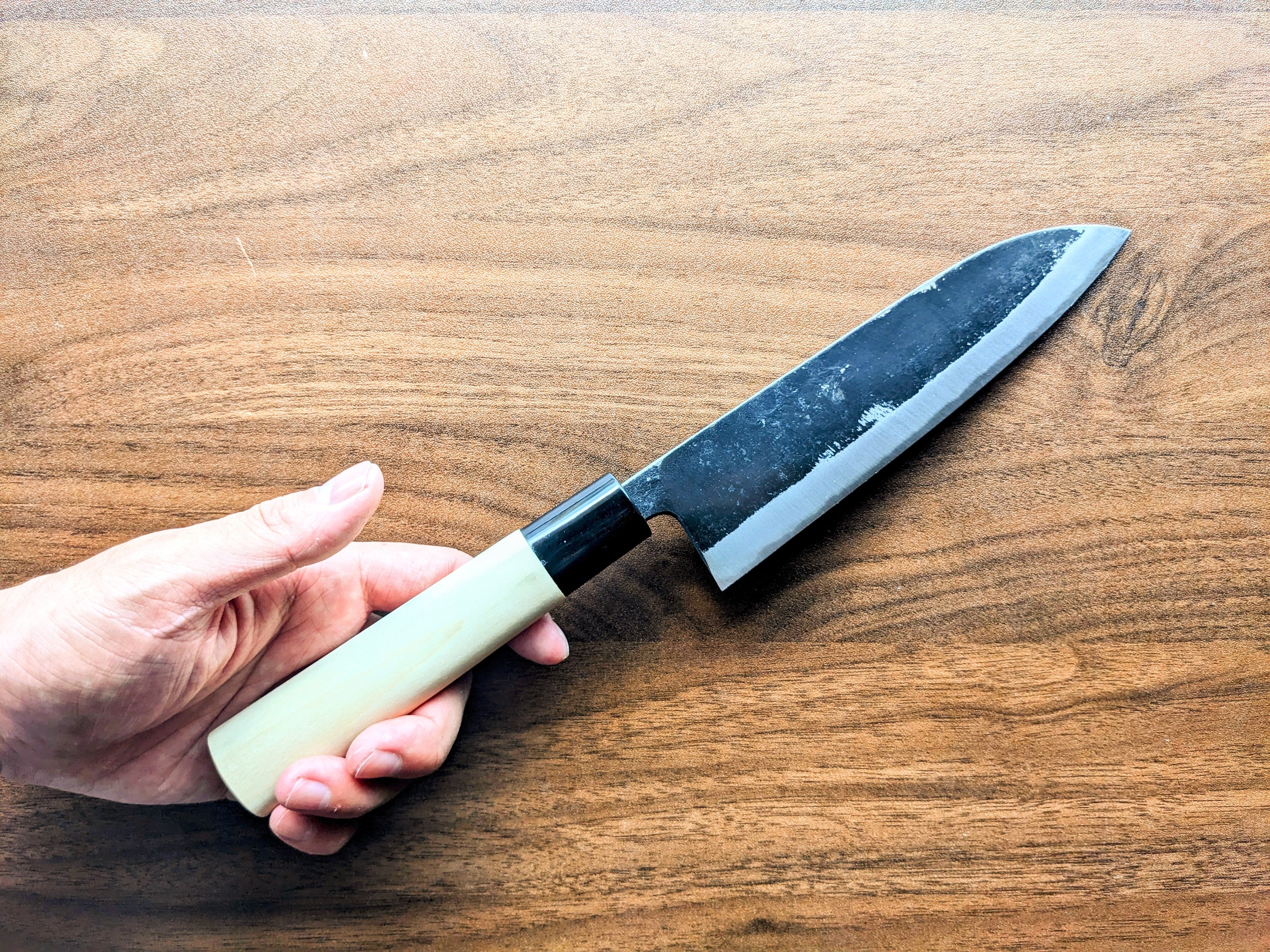

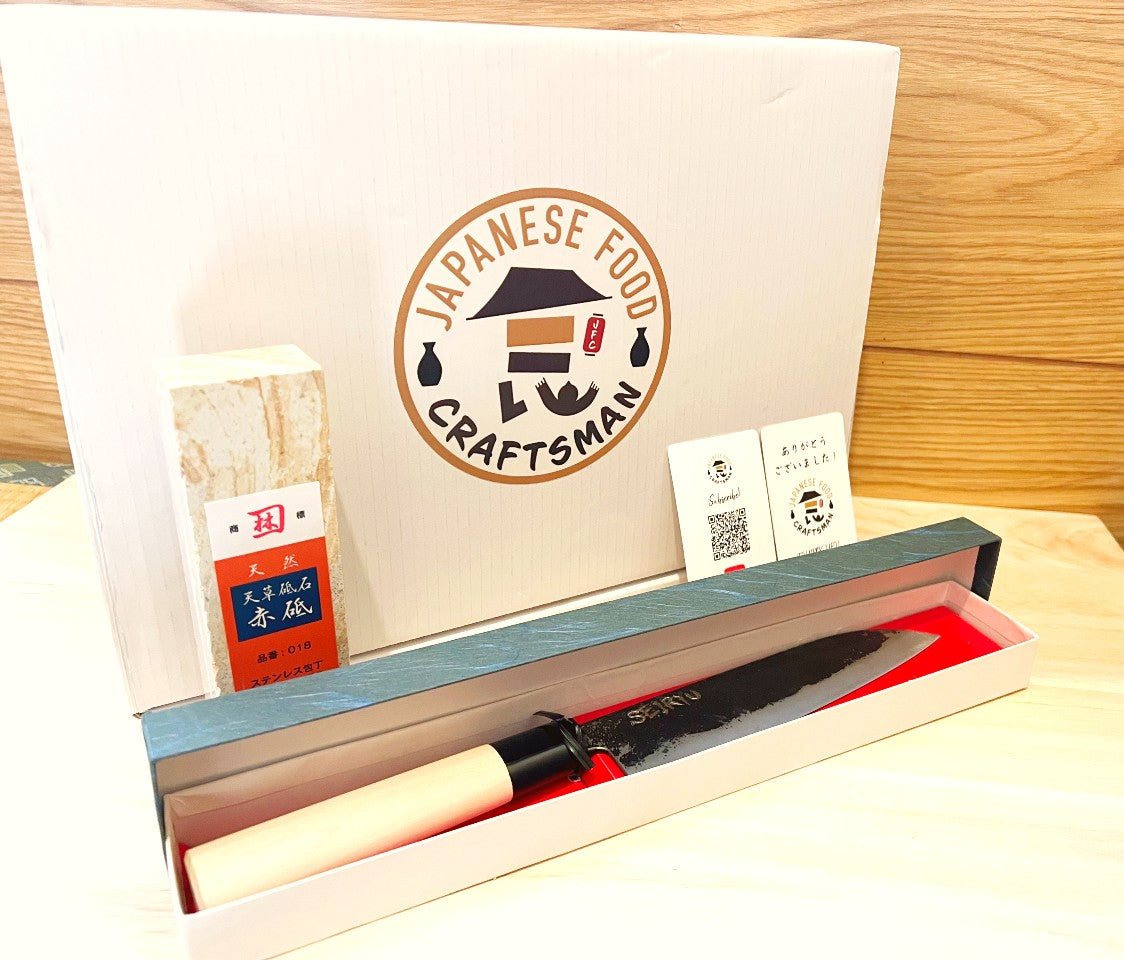



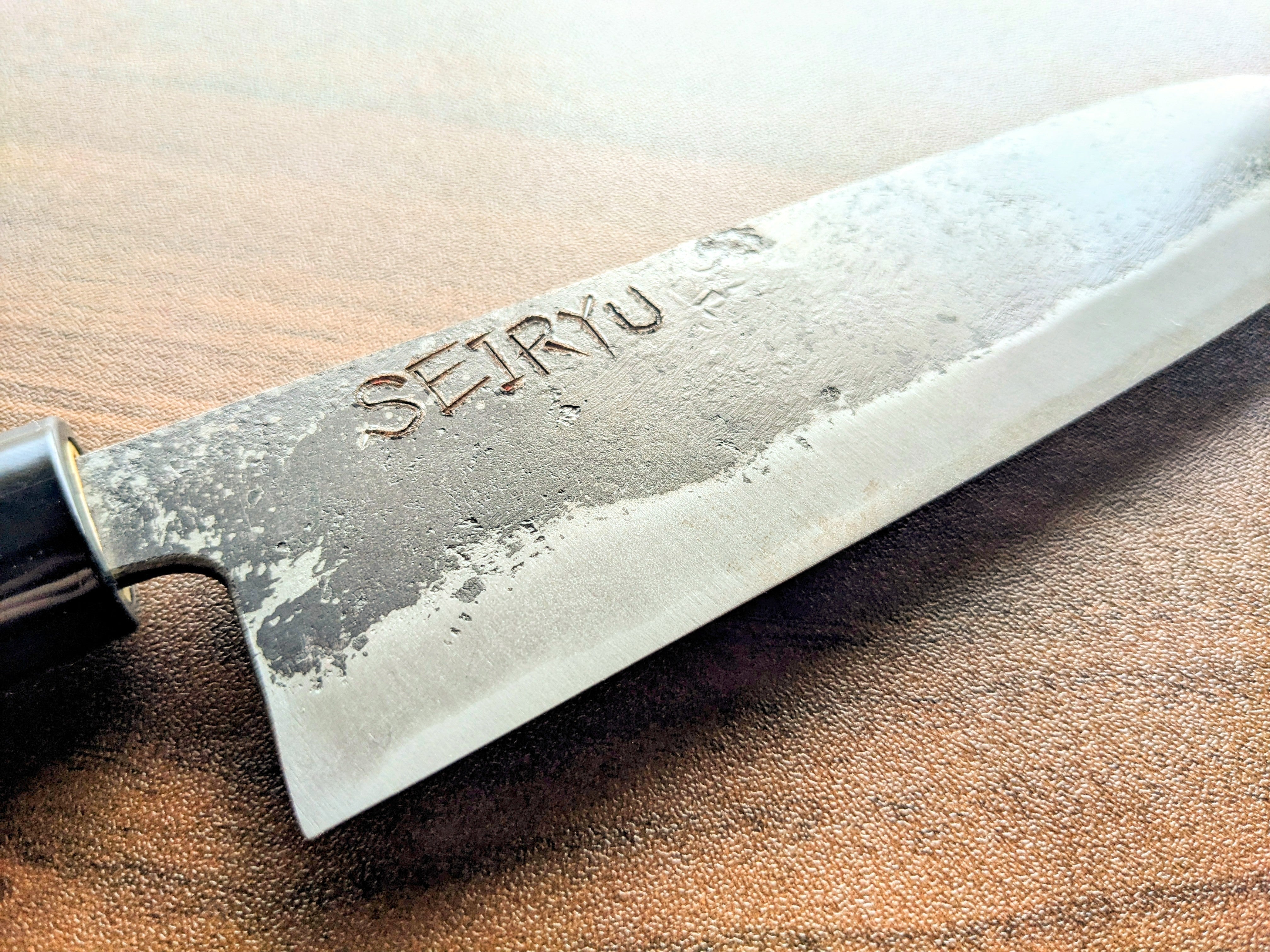

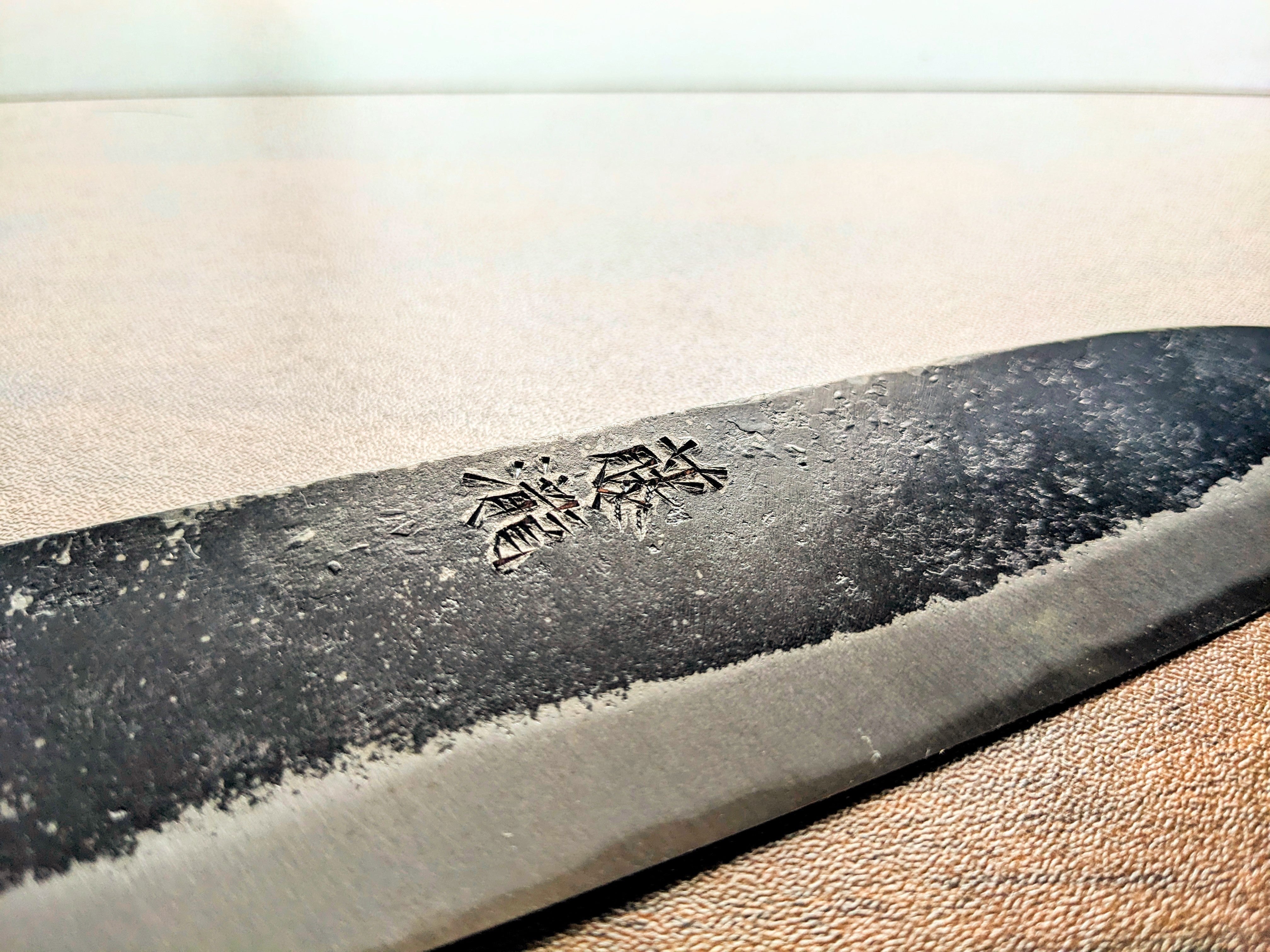

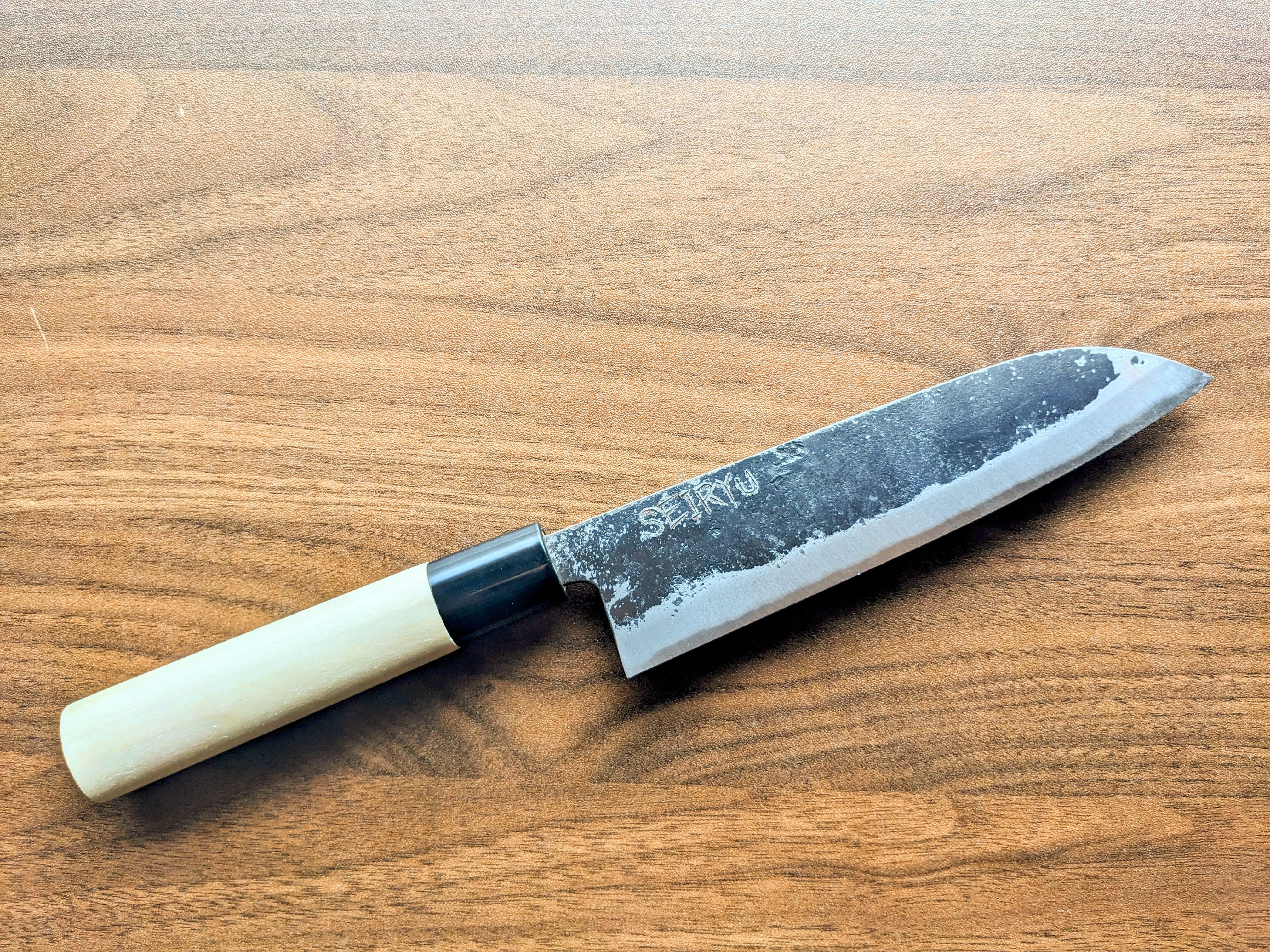

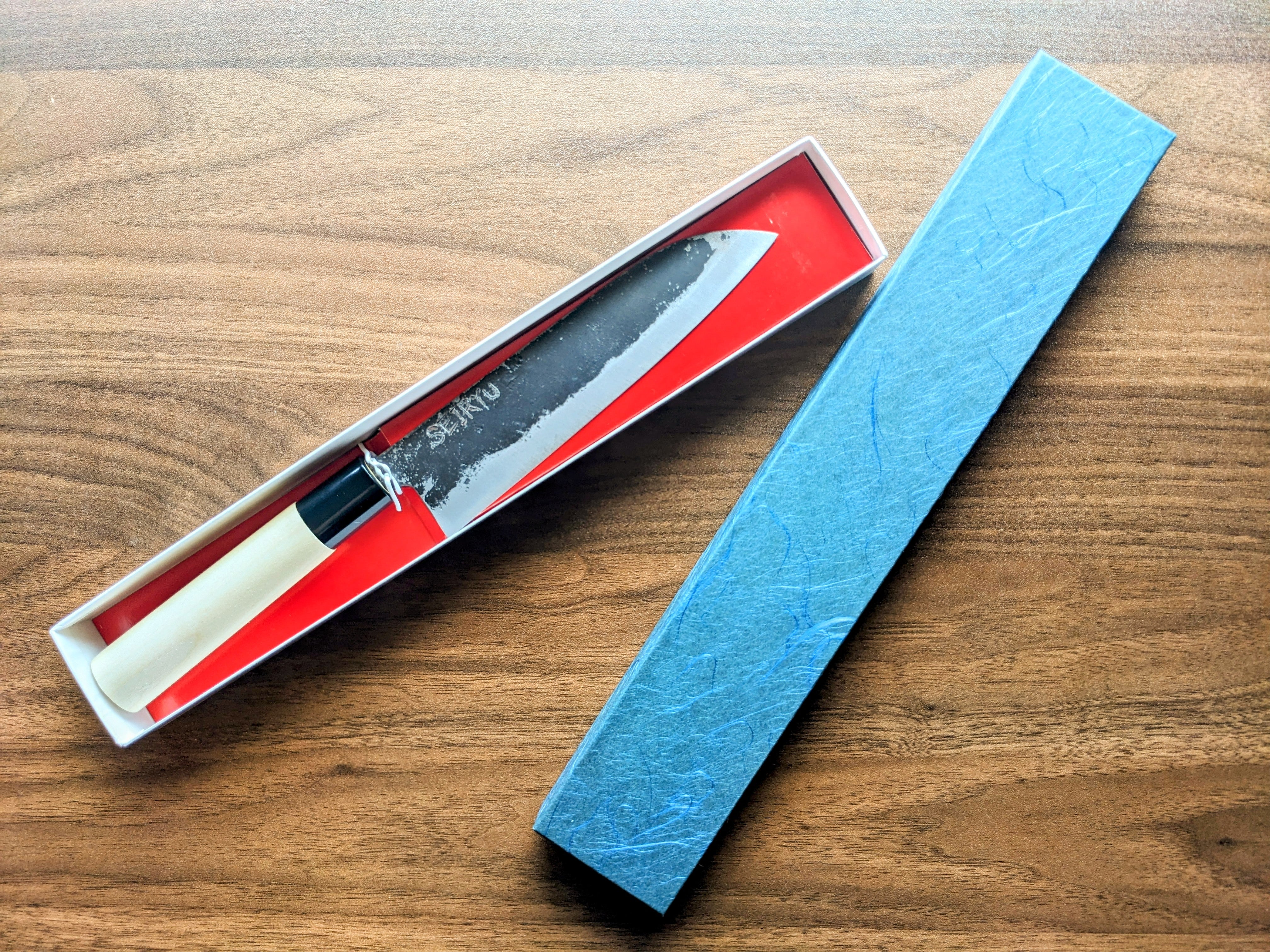

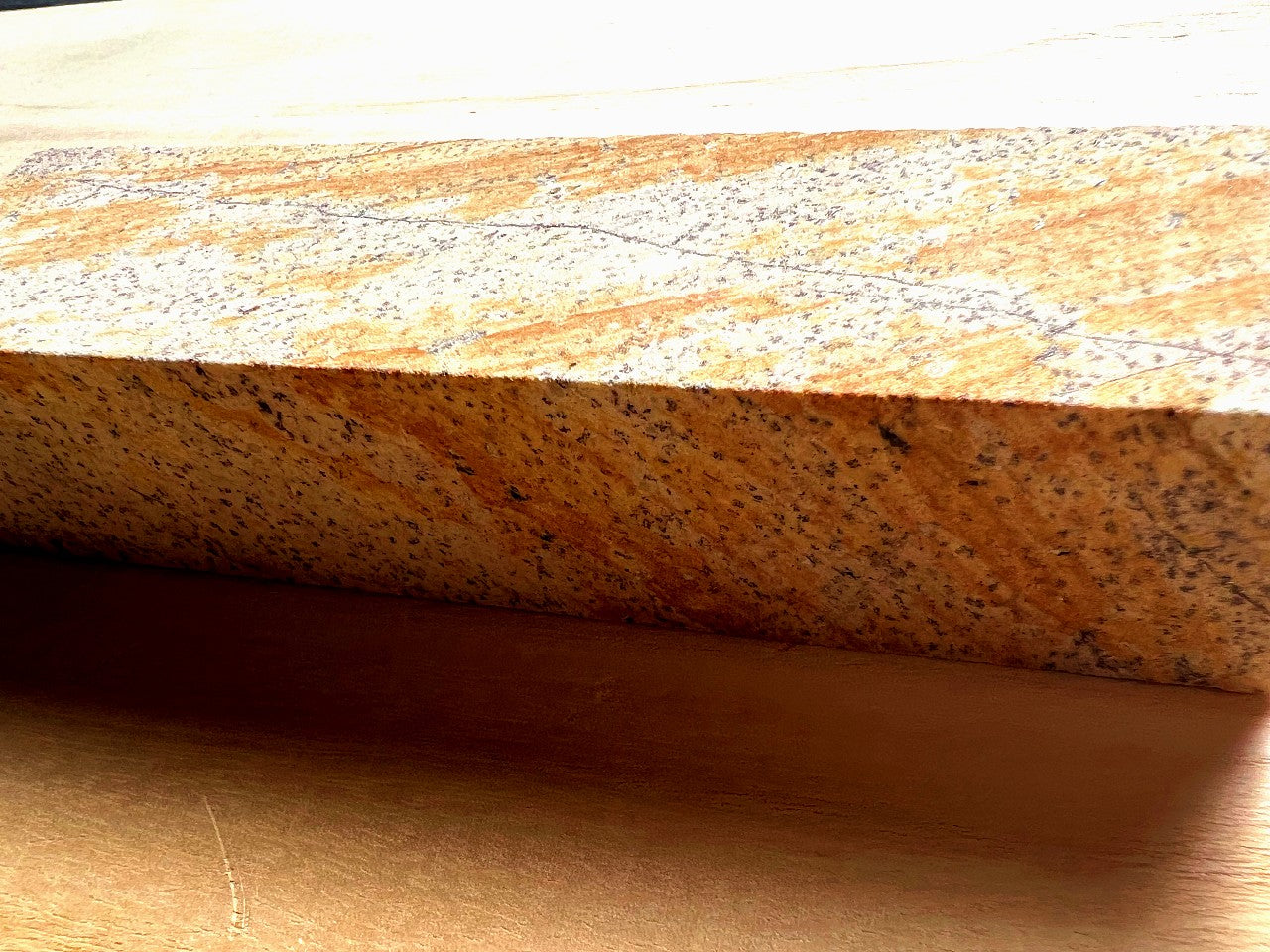
















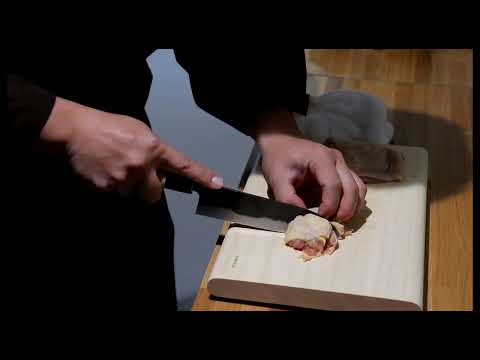







Minomo-Schmiedpaket
Beinhaltet:
- „Santoku“ Küchenmesser (handgefertigt aus Stahl, 30,2 cm Länge, 16,5 cm Klingenlänge, 120 g Gewicht)
- Roter Schleifstein (15 cm x 4 cm x 3 cm)
- Optional (zusätzliche Gebühr): Klingengravur (bis zu 20 Buchstaben im Alphabet oder japanischen Kanji, teilen Sie uns die genauen Wörter oder Kanji mit, die Sie möchten, über die Option „HINTERLASSEN SIE EINE NOTIZ BEI IHRER BESTELLUNG !)“
- KOSTENFREIER WELTWEITER VERSAND
*Das Messer besteht aus Stahl, daher kann es mit der Zeit zu einer gewissen Rostbildung kommen. In der Packung finden Sie ausführliche Beschreibungen, wie Sie durch Schärfen Rost entfernen und Ihr Messer pflegen können.
*Der Schleifstein in unseren Videos hat diesmal eine andere Art und Farbe als der, der in der Verpackung enthalten ist. Dies hat keinerlei Auswirkungen auf den Schleifvorgang oder die Qualität des Steins.
Minomo Blacksmith: Three Generations Upholding 200 Years of Craft in Kumamoto
AS FEATURED ON YOUTUBE
Step inside the Minomo forge to see how blades are still made by hand, through heat, precision, and family tradition.
OVERVIEW

Nestled in the quiet mountain town of Hitoyoshi, Kumamoto, Minomo Blacksmith has shaped iron into tools of precision for over two centuries.
The forge, active since the late 1700s, continues today as a rare example of multigenerational blacksmithing, where three generations work side by side to preserve the craft. Despite floods, fires, and changing times, their workshop endures, driven by family, legacy, and a relentless commitment to quality.
PHILOSOPHY AND PROCESS
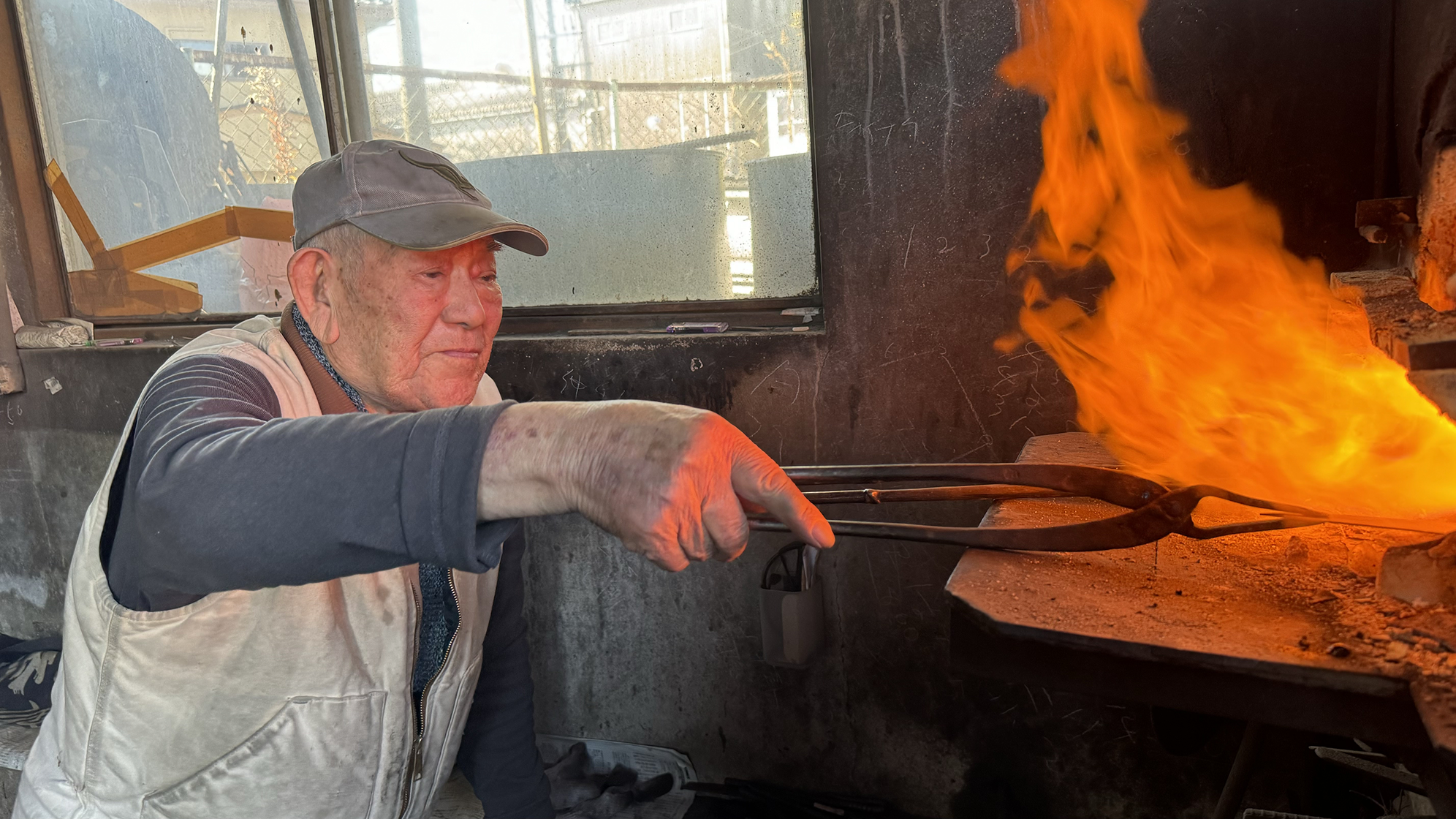
Minomo blades begin with a steel core of Aogami #2, known for its sharpness and hardness, encased in a softer iron jacket. The process demands exact control: heating the metals to around 1100°C, inserting the steel into hand-cut openings, and forging them together into a single billet.
Every step, from hammering to quenching, is done by hand, in-house, and with purpose.
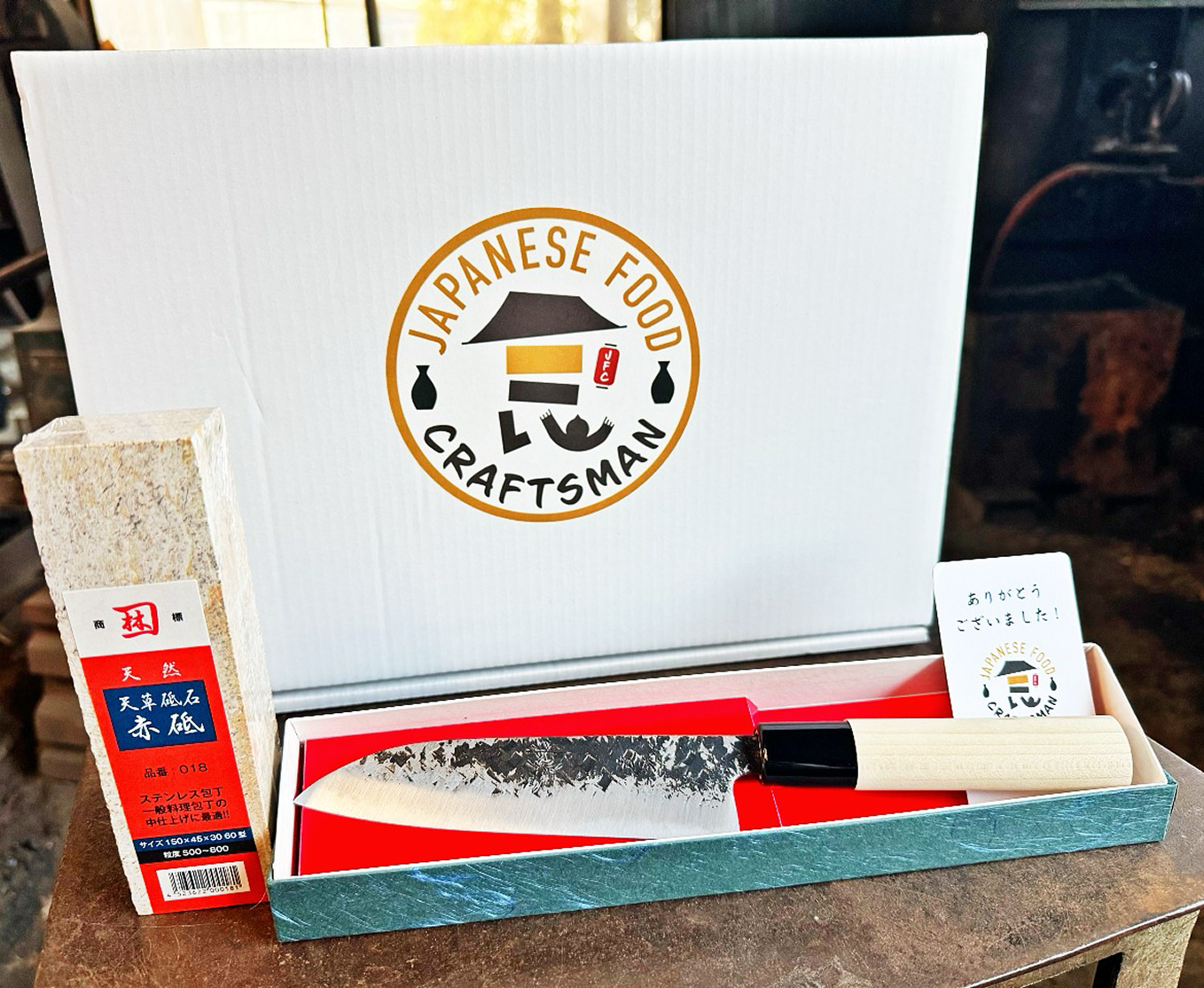
Blade Making as a Dialogue
Each knife is shaped through careful feedback between craftsman and material. From rough grinding to precision polishing, the smiths assess the curve, thickness, and hardness of every blade.
Natural whetstones, such as Amakusa, are used in the final stages to bring out a mirror-like edge, an unmistakable sign of Minomo’s finish. No blade leaves the forge without first bearing its maker’s engraved mark, a seal of personal accountability.

Craft as Continuity
The 8th-generation patriarch Yutaka still comes to the forge regularly, even at age 89. He is joined by his son Minoru (9th generation) and grandson Isamu (10th generation), who each bring different experiences but a shared respect for the work.
Minoru initially resisted passing the forge down, knowing how unstable a craftsman’s life could be. But when his son asked to work together while his grandfather was still strong, the answer became clear: keep the forge burning, together.
MESSAGE FROM THE MAKERS
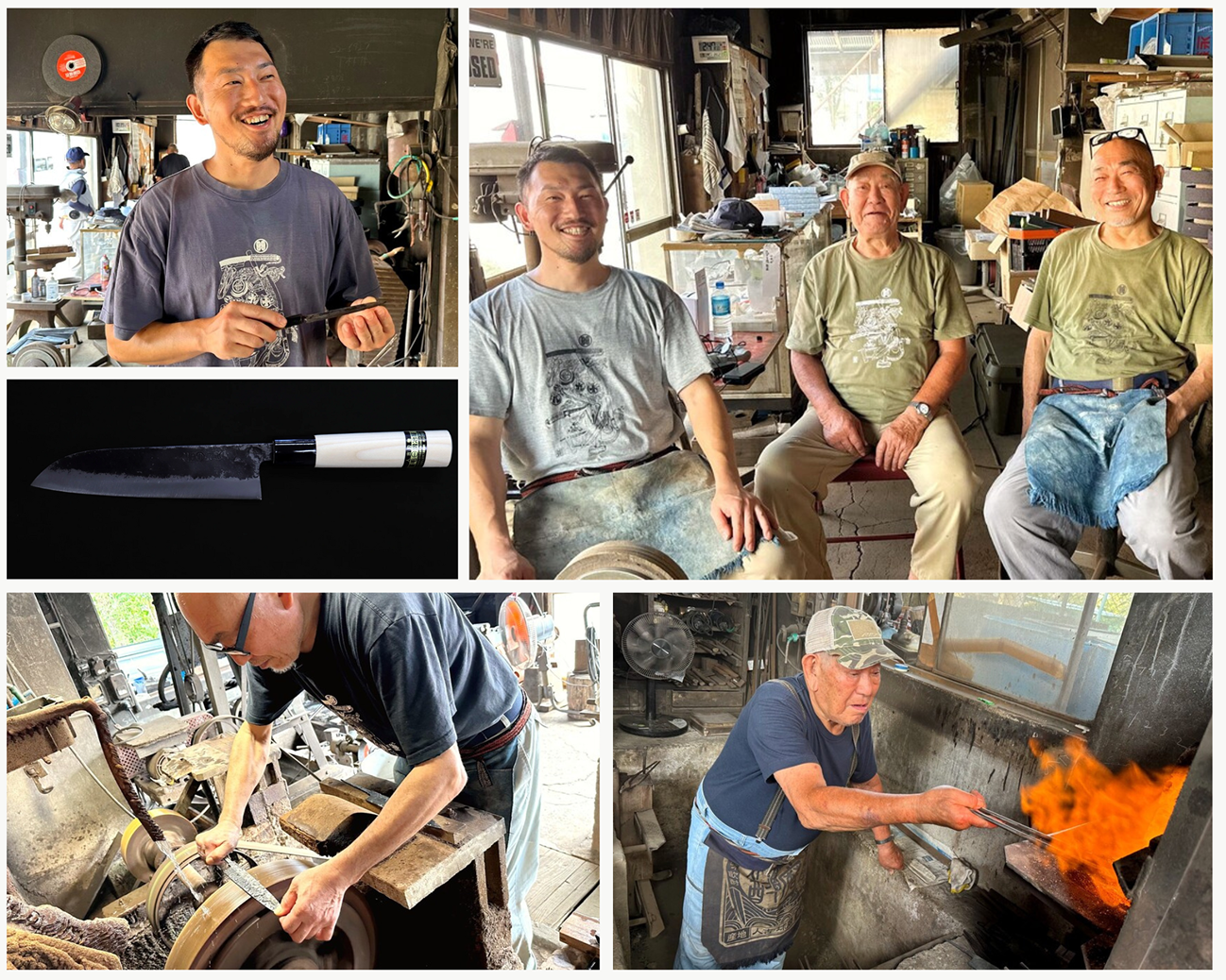
“I’ve worked here since I was 17. I’m 89 now. What brings me joy is working together with my son and grandson,” says Yutaka.
Minoru adds, “I didn’t want my son to take on the same hardships I faced. But he wanted to carry the flame forward. And now, I’m proud to see him growing into the role.
Isamu reflects, “If I make something dull, it would betray everything my father and grandfather built. I want to be worthy of the trust they’ve passed down.”
The Minomo forge is more than a workshop. It’s a living testament to persistence, family, and the belief that one well-forged blade can speak louder than words.

How to Sharpen your knife
Caring for your knife will make it last you for decades. After use, wash it with clean hot water, dry it off thoroughly, and place it in newspaper to prevent rusting. Check out the video below for more information on how to sharpen your knife with a sharpening stone, and how to store it safely.
